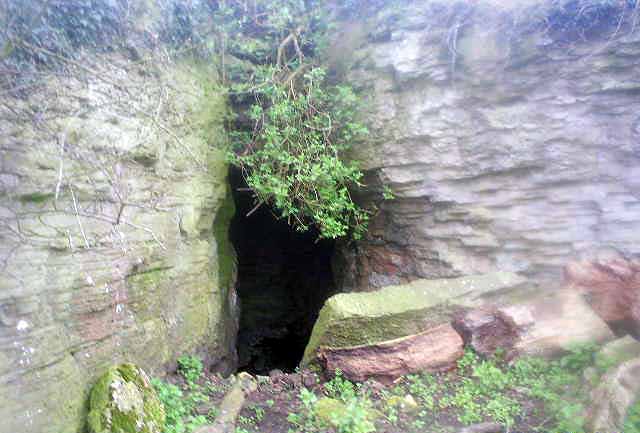Fin Cop is going to be excavated again in July and August of 2010 by Clive Waddington of Archaeological Research Services in conjunction with the National Park Authority, Longstone Local History Group, English Heritage and Natural England and funded by the Heritage Lottery Fund.
Open days will be held every Saturday of the five week dig; July 10th, 17th, 24th and 31st meeting in the Monsal Head car park, overlooking the viaduct, at 11am and 1pm.


























